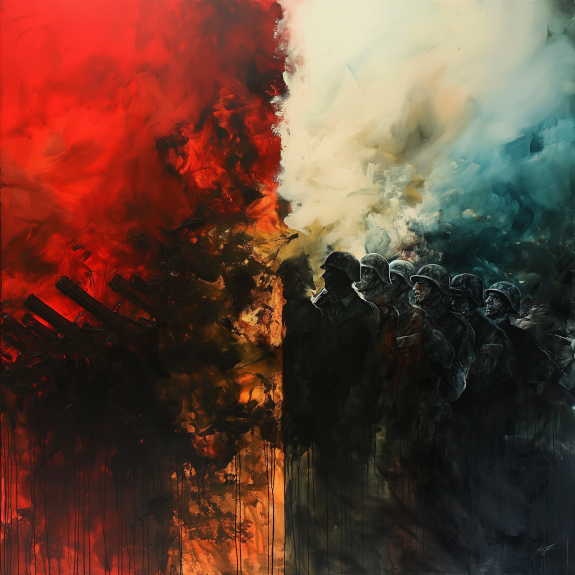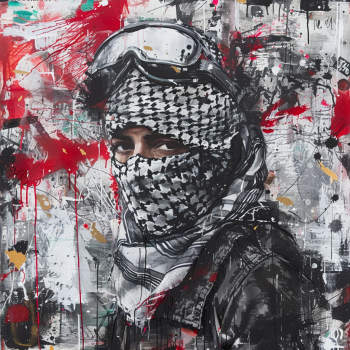I was reading a document on narratives published by the US Army Special Operation Command. It describes different types of narratives/ framing and how they are used to mobilize resistance groups. From it:
“…to keep a diagnostic frame fresh and dynamic, an insurgent group may engage in “armed propaganda” to provide events from the present with which to update the frame. … Armed propaganda actions help to produce new meanings and reality from which to generate an updated narrative. In one example, an insurgent group may take actions designed to lead to an excessively violent reaction by the government, thus call- ing into question the latter’s legitimacy. Or the government’s reaction may reveal its incompetence, leading the audience to question the government’s ability to provide for security (further undermining its legitimacy).”
Armed Propaganda is a term used by Carlos Marighella in Minimanual of the Urban Guerrilla (1969). He describes the use of armed propaganda:
“…actions, carried out with specific objectives and aims in mind, inevitably become propaganda material for the mass communication system.”
In 1968, Giangiacomo Feltrinelli used a different term, propaganda of the deed, to describe the same tactic. From Jon B Perdue’s ‘The War of All the People’:

The tactic, though, is probably best known from Saul Alinsky’s Rules for Radicals. From BeautifulTrouble.org


The tactic has been adopted by militant accelerationists. 2019 Mass shooter, Brenton Tarrant, described his use of this tactic in what is known as the Christchurch Manifesto. He explained that he hoped the mass shooting he broadcast live would provoke censorship and gun control and that that reaction from government would provoke a revolution.

The Buffalo Shooter of 2022 copied and pasted that into his manifesto.


